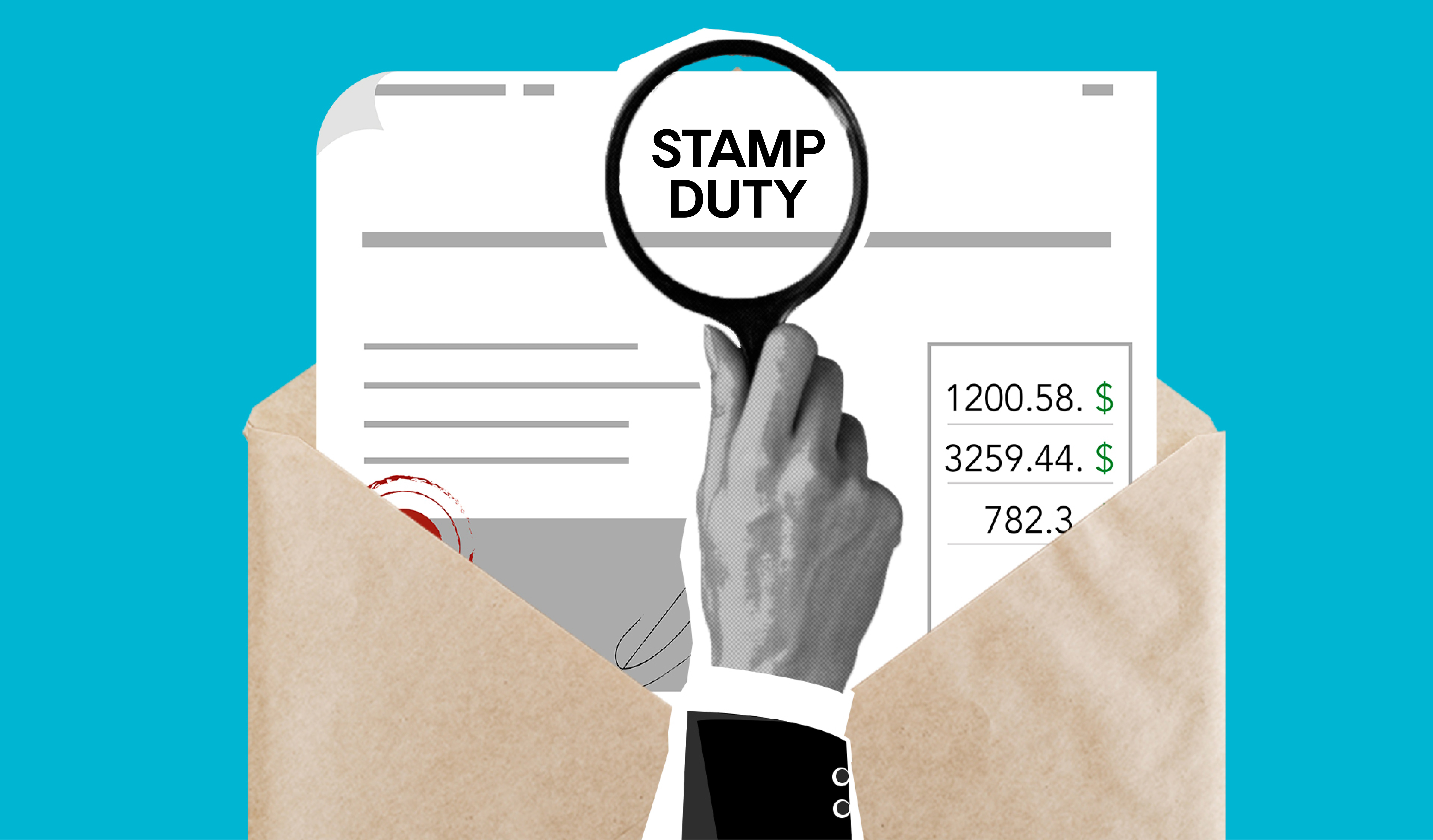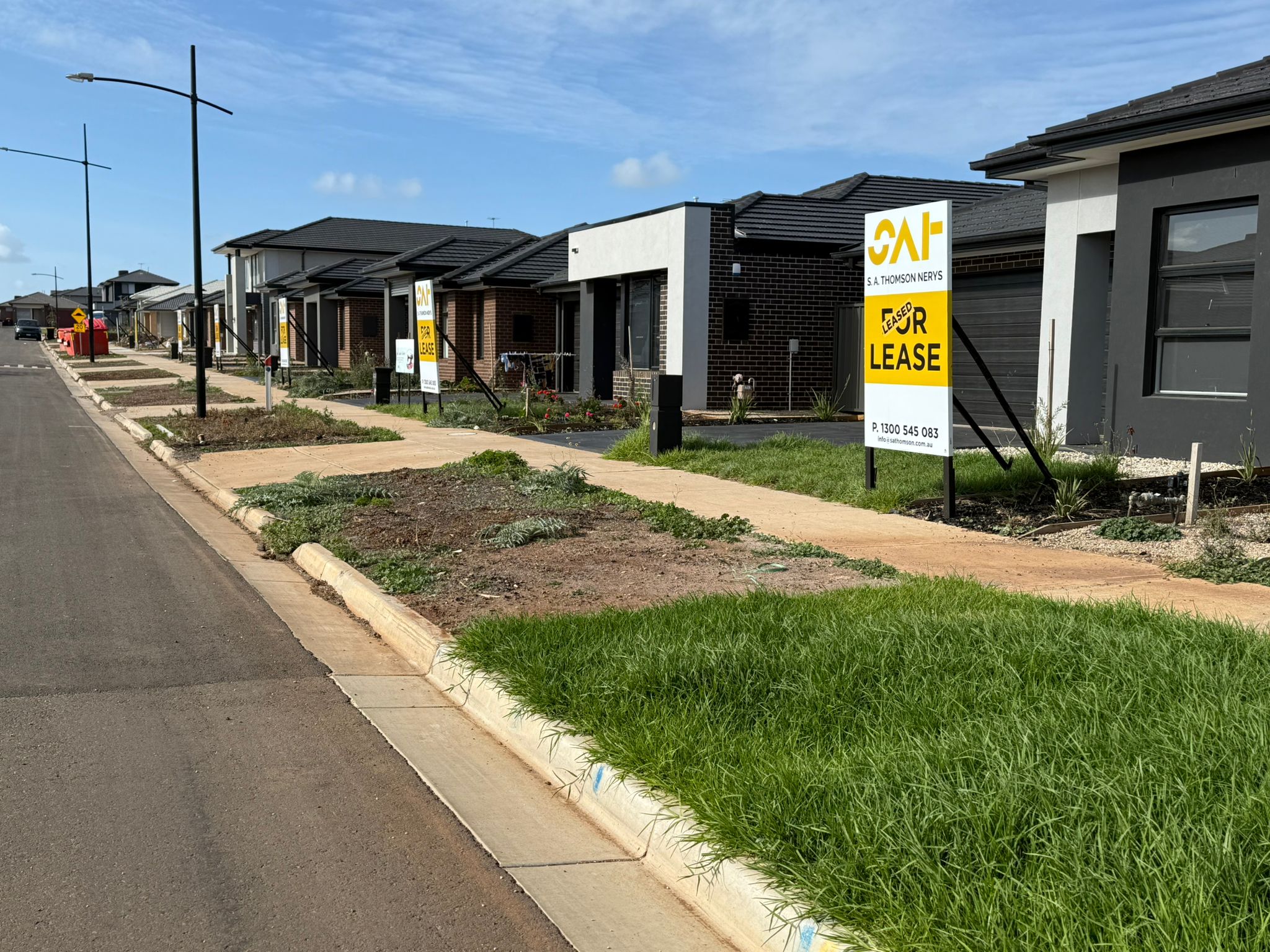Victoria’s Tax Reform: A Path to Stamp Duty Elimination

In a significant step towards tax reform, the Victorian government has made a groundbreaking announcement in its recent budget: the abolition of stamp duty for commercial and industrial properties. This move not only signifies a major shift in taxation policies but also presents a potential pathway for eliminating stamp duties on homes. The implications of this decision are profound, highlighting the negative impact of stamp duty and opening doors for broader reforms across Australia.
The Burden of Stamp Duty
Stamp duty, once intended to be phased out with the introduction of the goods and services tax, has become a burdensome tax, particularly on commercial and industrial properties. It hinders new business ventures, restricts the mobility of existing businesses, and limits the efficient use of urban land. Economists estimate that stamp duties on commercial property cost the economy significantly more than any other state tax, causing a negative ripple effect on economic growth.
Victoria’s Trailblazing Approach
Victoria’s ambitious plan involves replacing stamp duty with an annual property tax, marking a monumental shift in taxation policies. From July 2024, buyers of commercial and industrial properties will have the option to pay stamp duty upfront or spread it out over a decade, followed by an annual land tax of 1% of the property’s unimproved land value. This approach allows for a smoother transition while ensuring long-term benefits for the state economy.
The Journey Towards Broader Reforms
While the abolition of stamp duty for commercial properties is a significant stride, the ultimate goal remains the removal of stamp duties on homes. These duties impose financial barriers on homeownership, discourage property mobility, and disproportionately affect younger households. The reforms in Victoria present an opportunity to reshape the housing market by replacing stamp duties with a broad-based property tax, leading to better utilisation of housing stock, increased homeownership, and potential long-term economic growth.
Inspiring Reform Across Australia
Victoria’s innovative approach to stamp duty reform can serve as an inspiration for other states and territories. By gradually phasing down stamp duty while also increasing land tax, governments can transition towards a fairer and more efficient tax system without compromising revenue streams. While the political landscape may present challenges, Victoria’s model offers a viable alternative, ensuring homeowners are not burdened with land tax until they move.
Victoria’s bold move in abolishing stamp duty for commercial properties marks a pivotal moment in tax reform. It addresses the flaws of an outdated tax system and sets the stage for broader reforms across Australia. By challenging the status quo and pursuing innovative strategies, Victoria is leading the way toward a fairer, more sustainable, and economically prosperous future. The journey towards comprehensive stamp duty reforms may be long, but the potential benefits for individuals, businesses, and the overall economy make it a transformative endeavor worth pursuing.
Ready to explore the latest updates and insights on tax reforms and real estate trends? Visit our SA Thomson blog to stay informed and gain a deeper understanding of the evolving landscape. Discover how these changes can impact your financial decisions and explore opportunities for growth and investment. Join the conversation today and unlock the knowledge to make informed choices for a brighter financial future.



